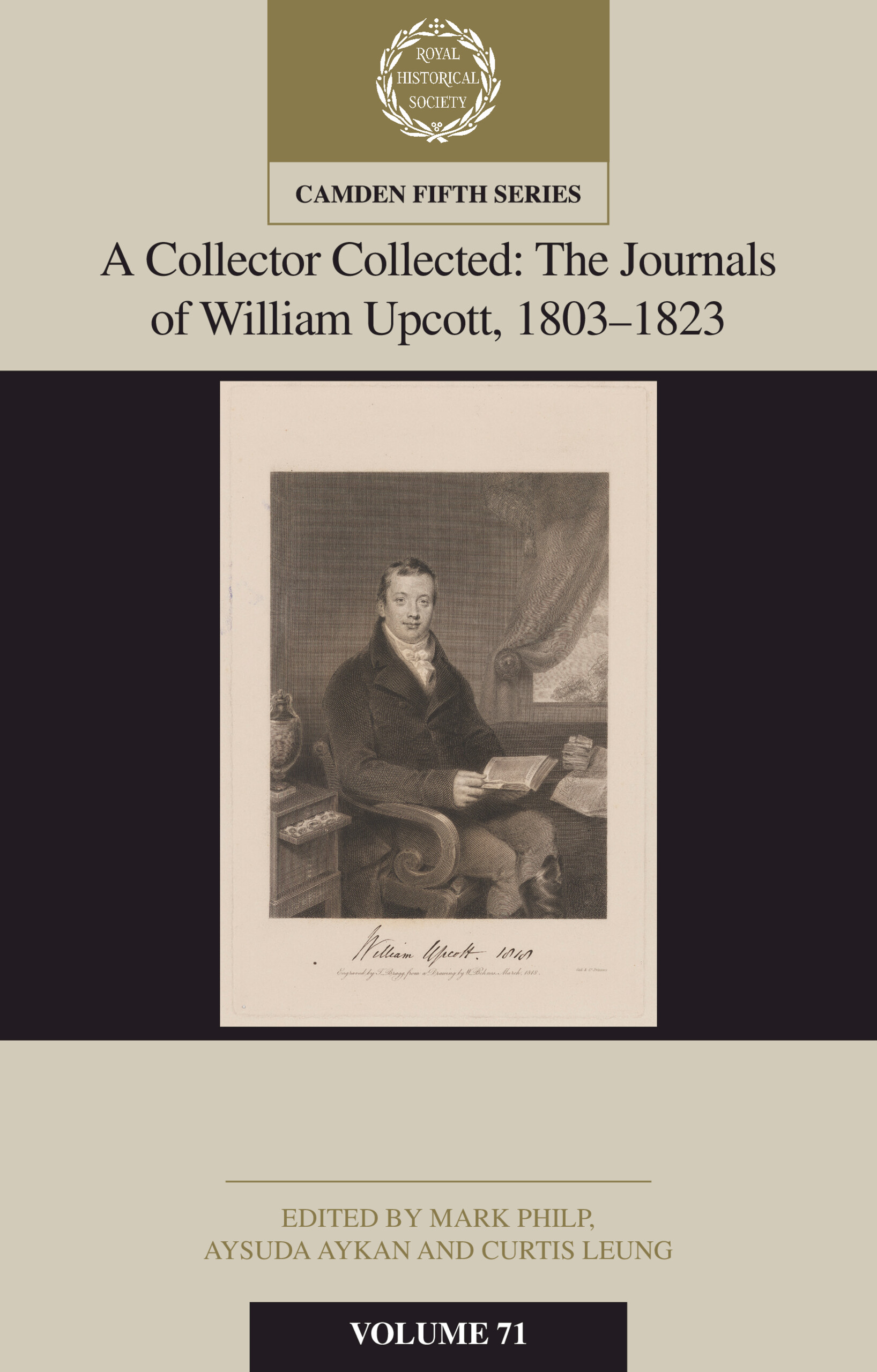About 30 miles from Limoges, half-way between the communes of Lesterps and Brillac, a path rolls up between meadows and trees to the gate of a house. Five dogs greet every visitor, and the same number of horses – some Arabian, some French trotters – patrol the acreage. In the spring, swallows nest in the beams of the kitchen ceiling; and from a distance a cat keeps an eye on them all, especially the young swallows. This is La Brousse, a sixteenth-century farmhouse whose aged stonework offers shelter from the heat of the Limousine summer. It is the home of Gay Preston and a bolthole for her brother Anthony; it is through Anthony's son, the novelist Alex Preston, my teammate in the Authors Cricket Club, that I have made their acquaintance.
The Prestons belong to the ancient house of Grey and a family tree in the bureau of La Brousse's drawing room reaches back into the Frankish kingdoms of the sixth century. Much, therefore, has been written about their extended family – about politicians, diplomats, soldiers, and short-lived monarchs of dubious legitimacy – but not about the author of the nineteenth-century papers that have been kept at La Brousse.
These are the work of George Grey, the fifth son of Charles, 2nd Earl Grey, from whom the Prestons descend directly. Upon entering the Royal Navy as a midshipman at the age of fourteen, Grey remained in the service for almost fifty years. Although I address the significance of his career and his papers in this volume's introduction, it may suffice for now to give a brief description of the materials that are presented here.
First, there is a memoir of his childhood and early naval career, from his education at Richmond School through his service on the Talbot during the Greek war of Independence, then on the Windsor Castle and the Scylla until 1833. Grey wrote this memoir in retirement between 1870 and 1878.
Second, there is a journal of Grey's command of HMS Cleopatra between 1835 and 1838. Grey wrote this contemporaneously in the form of letters never sent and he describes two voyages to St Petersburg, his exploration and survey of the Falkland Islands, ports of call along the Atlantic and Pacific coastlines of South America, and the volatile political affairs of the republics which had emerged from the Spanish Empire.
Third, there is a diary to which Grey contributes sporadically from 1841 to 1891.
Finally, there are two folders of letters between Grey and his family, almost all from the period 1826 to 1855, and many of which are written by Grey's mother, Mary Elizabeth, the wife of the second earl. It appears that a copy of only one of these letters is in the Earl Grey Family Papers in the Special Collection at Durham University Archives.
I would like to thank Gay and Anthony Preston for their help in transcribing these materials, and Anthony in particular for furnishing some of the biographical information that informs the Introduction.
I must also thank Richard Gaunt at the Royal Historical Society for accepting the proposal for this book then editing the manuscript; Andrew Lambert for his expert comments on naval history; Jem Langworthy for his masterful copy-editing and proofreading; Melanie Howe for her assistance in producing the book; and Peter Mitchell for compiling the index.


